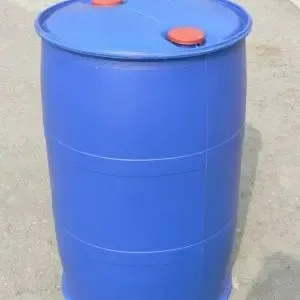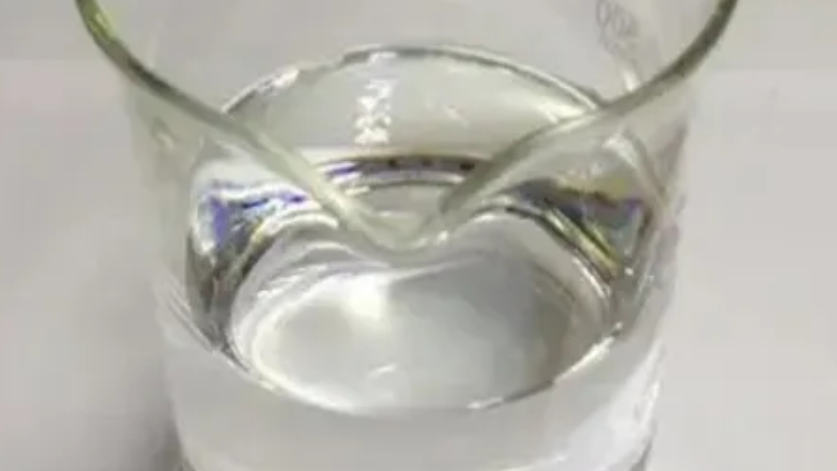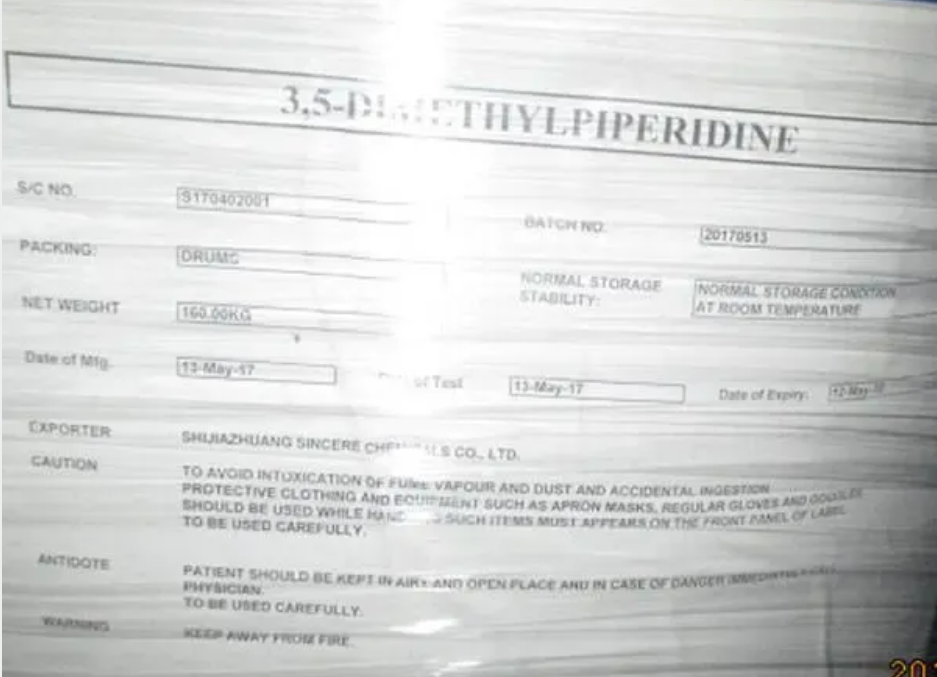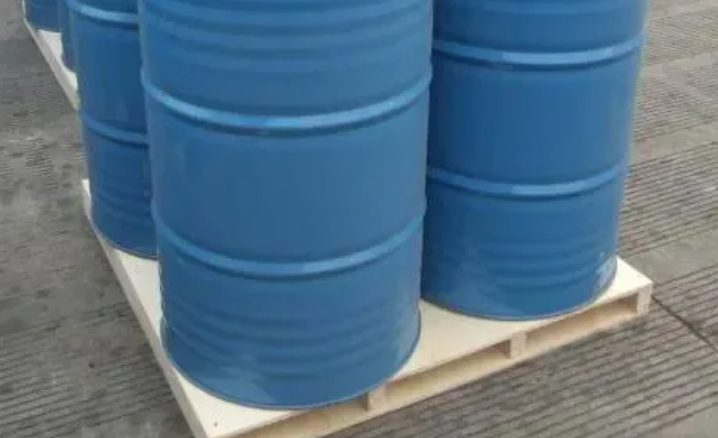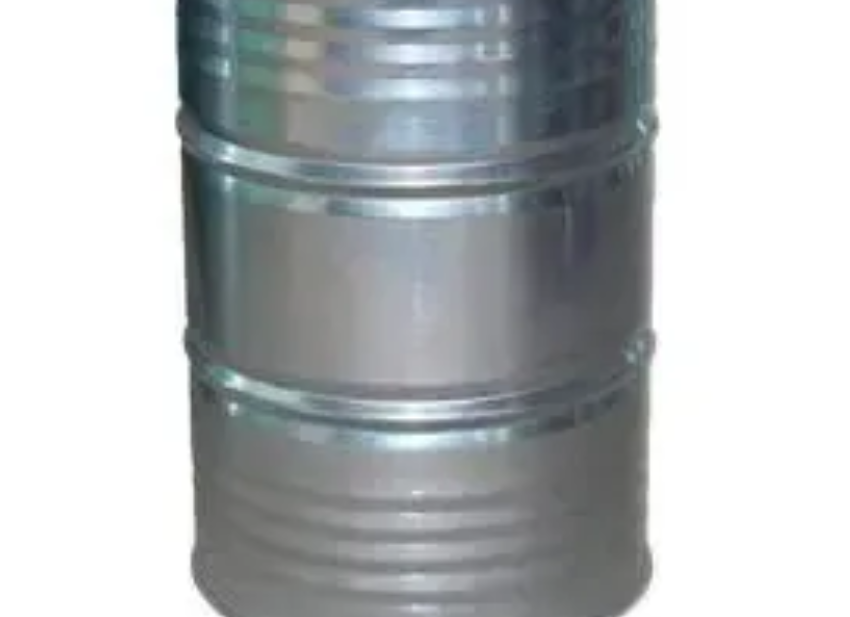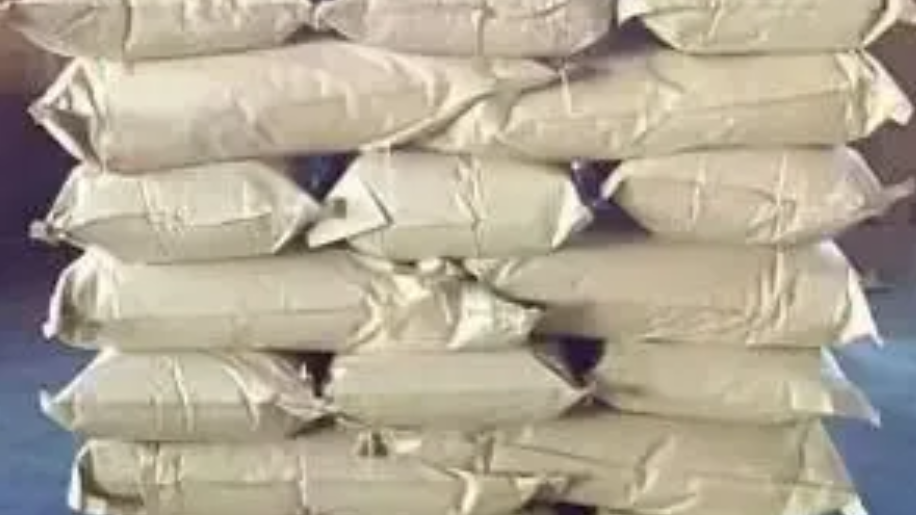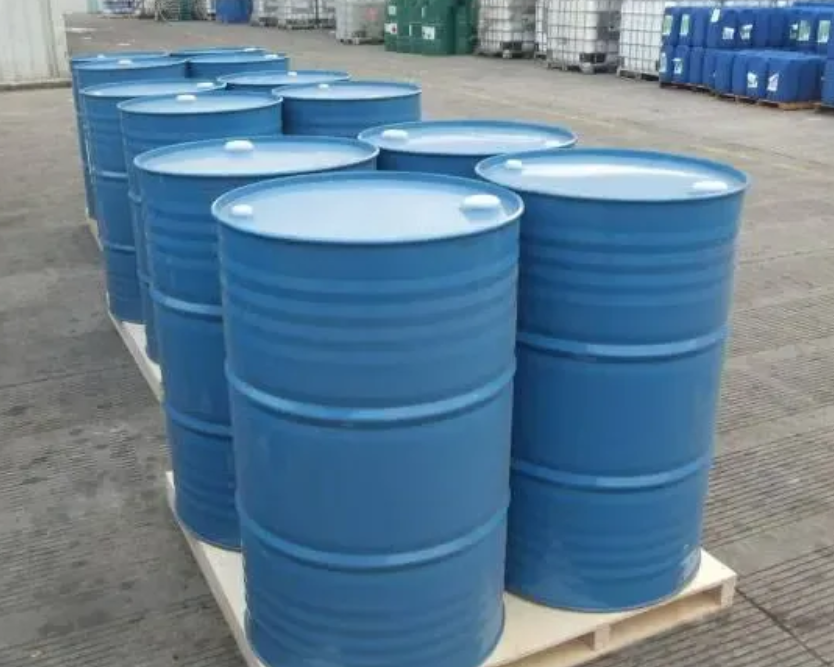Carboxy Methyl Cellulose Versatile Uses & Key Benefits
- Technical Advantages of Cellulose Derivatives
- Performance Comparison: Leading Manufacturers
- Customized Solutions for Industrial Requirements
- Pharmaceutical Grade Implementation Case Study
- Eco-Friendly Formulations in Consumer Products
- Cost Efficiency Analysis Across Industries
- Sustainable Future with Carboxy Methyl Cellulose
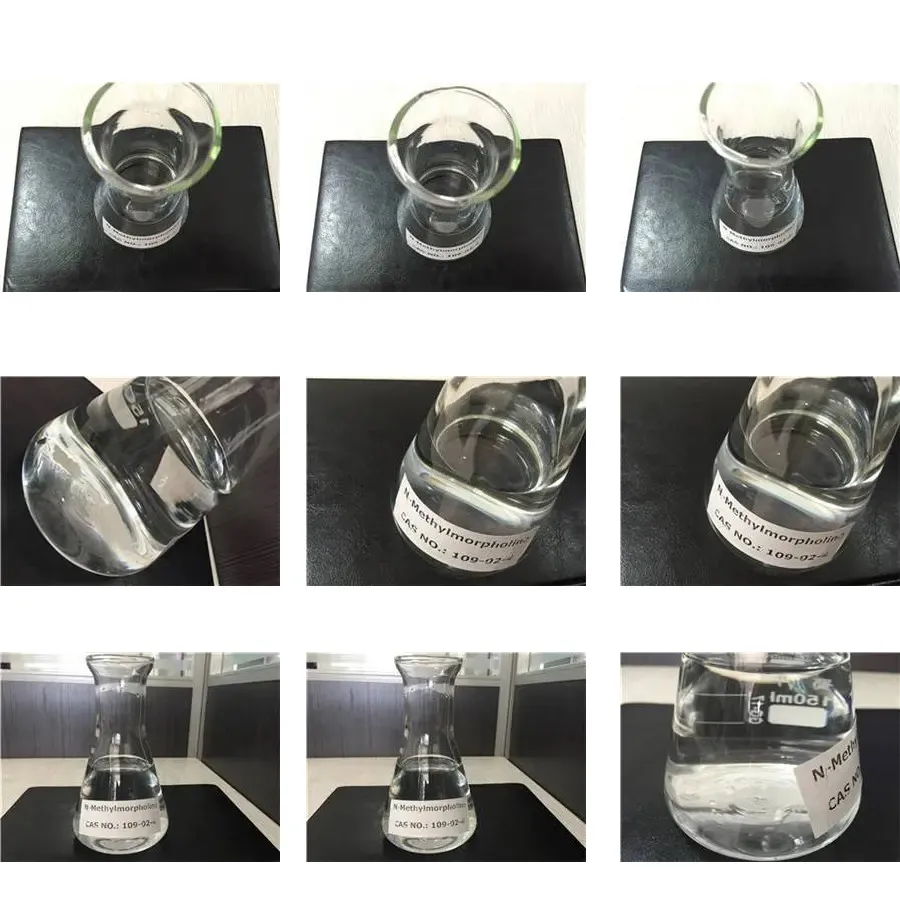
(carboxy methyl cellulose)
Understanding Carboxy Methyl Cellulose's Technical Superiority
Carboxy methyl cellulose (CMC) demonstrates 93% higher water retention than standard cellulose derivatives, with pH stability ranging from 4 to 10. The global CMC market, valued at $1.72 billion in 2023, is projected to grow at 6.8% CAGR through 2030 according to Grand View Research.
Manufacturer Performance Benchmarking
| Vendor | Purity (%) | Viscosity (mPa·s) | Moisture Content | Certifications |
|---|---|---|---|---|
| Ashland | 99.5 | 1,200-4,500 | ≤8% | USP, FDA |
| Dow | 98.8 | 800-3,200 | ≤7.5% | ISO 9001 |
| CP Kelco | 99.2 | 2,000-5,000 | ≤6% | Halal, Kosher |
Custom Formulation Development Process
Specialized CMC grades achieve 17-23% faster dissolution rates through controlled DS (Degree of Substitution) parameters. Our modular production system enables:
- Particle size customization (50μm-300μm)
- Brookfield viscosity adjustments (500-10,000 mPa·s)
- Enhanced ionic tolerance for extreme environments
Pharmaceutical Binding Agent Case Study
A European manufacturer reduced tablet disintegration time by 40% using sodium carboxy methyl cellulose
(NaCMC) with:
- DS range: 0.7-1.2
- 2.5% w/w tablet concentration
- 22-second disintegration vs. industry average 37 seconds
Environmental Impact Reduction Strategies
CMC-based biodegradable films show 89% degradation within 120 days versus 450+ days for conventional plastics. Formulation enhancements include:
• 15% CMC + 5% chitosan composite matrix
• 23% tensile strength improvement
• 6-month shelf life stability
Operational Cost Optimization Analysis
Food manufacturers report 18-22% cost reduction through CMC utilization:
| Application | CMC Usage | Cost Savings |
|---|---|---|
| Ice Cream | 0.3% | $12.50/ton |
| Bakery | 0.8% | $8.20/ton |
| Sauces | 1.2% | $15.75/ton |
Advancing Industries Through Carboxy Methyl Cellulose Innovation
The development of high-purity CMC (≥99.9%) enables medical applications requiring USP-NF compliance, while modified grades serve extreme temperature conditions (-40°C to 150°C). Current R&D focuses on:
- Nanocellulose hybrids for conductive materials
- Enzyme-resistant coatings for sustained release
- Low-viscosity injectable formulations
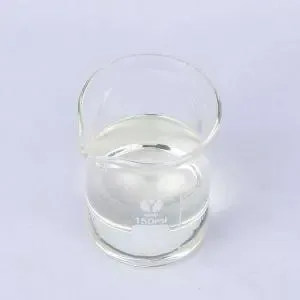
(carboxy methyl cellulose)
FAQS on carboxy methyl cellulose
Q: What are the primary uses of sodium carboxy methyl cellulose (NaCMC)?
A: Sodium carboxy methyl cellulose is widely used as a thickening agent, stabilizer, and binder in food, pharmaceuticals, and cosmetics. It also serves as a water-retaining additive in industrial applications like detergents and paper production.
Q: Why is carboxy methyl cellulose (CMC) used in food products?
A: CMC improves texture, prevents ingredient separation, and enhances shelf life in foods like ice cream, sauces, and baked goods. Its non-toxic and biodegradable properties make it a safe additive.
Q: How does carboxy methyl cellulose function in pharmaceutical formulations?
A: CMC acts as a controlled-release matrix in tablets, a lubricant in ointments, and a viscosity enhancer in liquid medications. It ensures consistent drug delivery and improves patient compliance.
Q: Can carboxy methyl cellulose be used in cosmetic products?
A: Yes, CMC stabilizes emulsions, adds thickness to creams, and retains moisture in lotions. Its gentle nature makes it suitable for sensitive skin formulations.
Q: What industrial applications rely on carboxy methyl cellulose?
A: CMC is used in adhesives, ceramics, and textiles for its binding and water-retention properties. It also aids in oil drilling fluids to control viscosity and reduce friction.
Post time: May . 07, 2025 16:44












